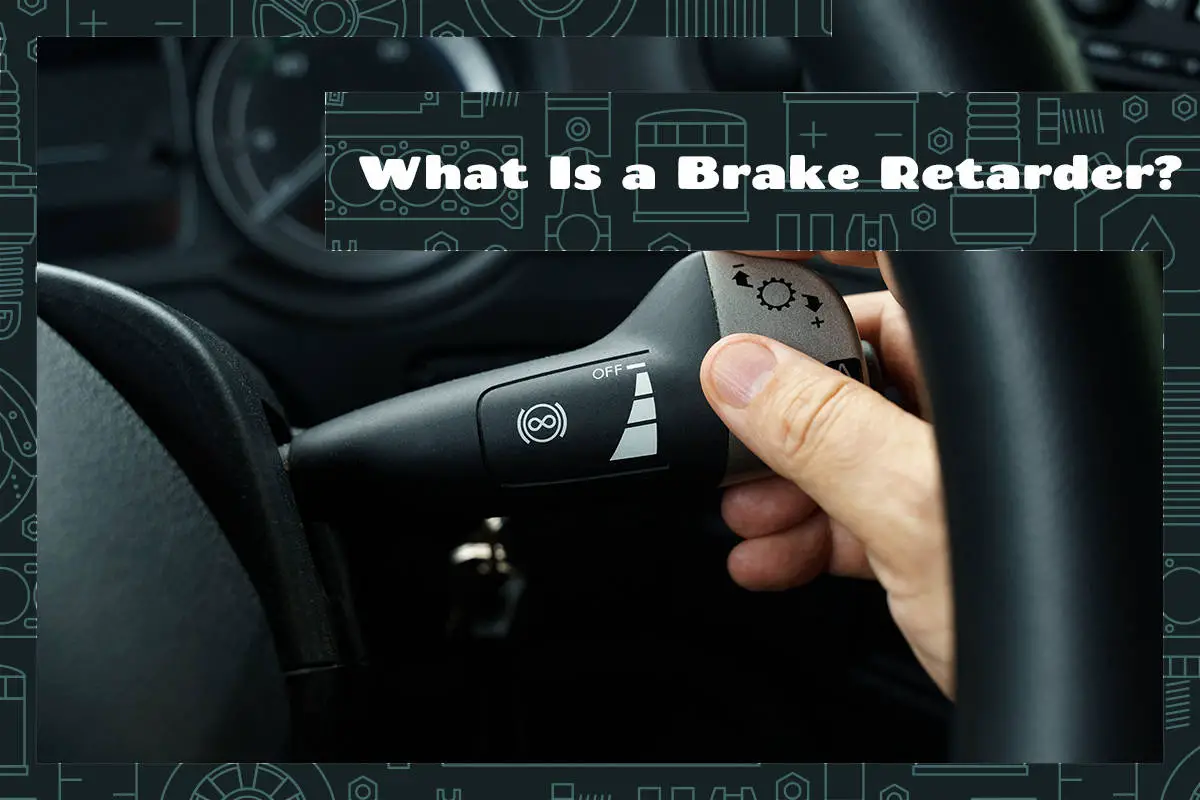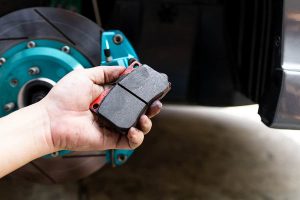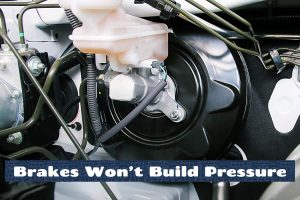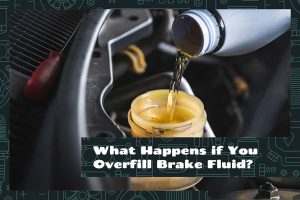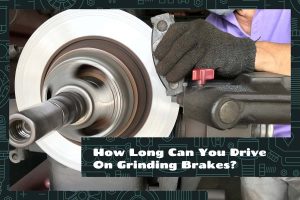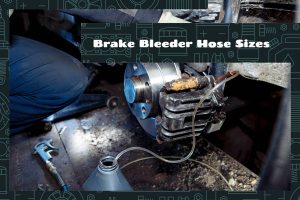Braking systems are designed to slow down or stop the vehicle when needed. While most people are familiar with conventional brakes like disc and drum brakes, there’s another type of braking system that is equally crucial but less talked about: the brake retarder. So, what are these things?
A brake retarder is a supplementary braking system that works alongside your car’s primary brakes to improve control and reduce wear. It uses various methods like electromagnetic forces or hydraulic resistance to slow down the vehicle. Brake retarders are most commonly found in heavy vehicles like trucks and buses but can also benefit sports cars and vehicles frequently driving in hilly or congested areas.
In this brief guide, we will explore the different types of brake retarders, how they differ from conventional brakes, and who benefits most from them.
What Is a Brake Retarder?
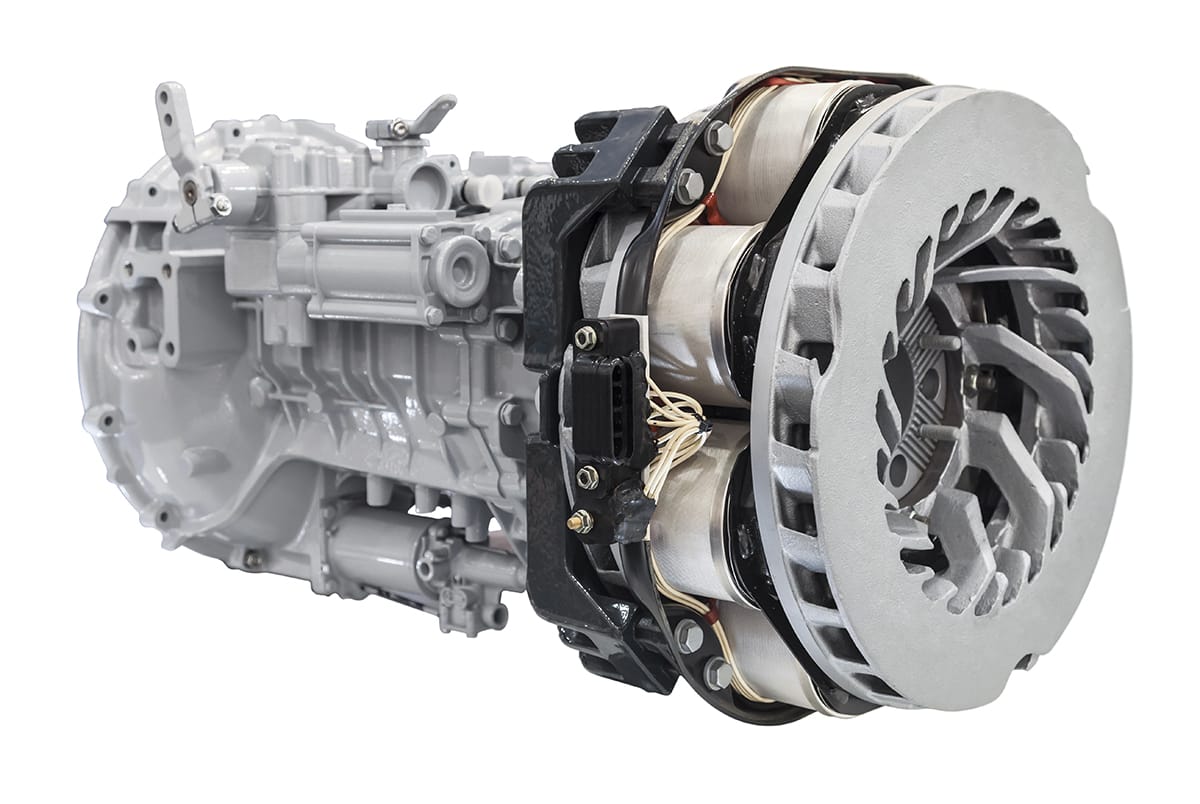
A brake retarder is a secondary braking system that works in tandem with your car’s main brakes. When you step on the brake pedal, the primary braking system gets all the attention, but a brake retarder can step in to offer additional stopping power. This reduces wear and tear on your main brakes, saves you money on brake maintenance, and enhances the car’s handling.
Think of it as a helping hand to your existing brake system, aiding in situations like downhill driving, heavy loads, or stop-and-go traffic. This means no wear and tear, which in turn leads to longer-lasting main brakes.
Types of Brake Retarders
There are primarily three types of brake retarders: electromagnetic, exhaust, and hydraulic.
Electromagnetic Retarders
These use magnetic fields to create resistance against the driveshaft. When activated, an electromagnetic coil generates a magnetic field, which exerts a drag force on the rotating driveshaft, thereby slowing down the vehicle.
Exhaust Brake Retarders
This type is mainly used in diesel engines. It restricts the flow of exhaust gases out of the engine, creating back pressure. This back pressure opposes the engine’s motion, thereby reducing its speed.
Hydraulic Retarders
Operating on hydraulic fluid, these retarders use a fan submerged in the fluid. When activated, the fan spins, stirring the fluid and creating resistance, which slows down the vehicle.
Why Do Cars Need Brake Retarders?
The question of whether cars need brake retarders is less about necessity and more about enhanced functionality and safety. While your primary brakes are designed to handle most of your stopping needs, brake retarders can offer advantages that standard brakes can’t.
1. Increased Brake Longevity
When you use the primary brakes, the pads and rotors experience wear due to friction. This requires replacement, which can be costly. Brake retarders take on some of the braking workload, reducing the wear on the primary brakes. If you find yourself replacing brake pads and rotors more frequently than you’d like, a brake retarder might be a worthwhile investment.
2. Improved Control and Stability
Brake retarders offer an additional layer of control because they can slow down the vehicle without requiring you to press hard on the primary brake pedal. This is particularly useful in conditions where you need to maintain a constant, slow speed like downhill driving. The brake retarder ensures that you can achieve this without overheating your primary brakes, thus adding stability to your ride.
3. Safety in Special Conditions
Driving in specific conditions like heavy rain, steep slopes, or when pulling a trailer can put a lot of stress on your primary brakes. In these situations, a brake retarder serves as an extra safety mechanism. It helps slow down your vehicle more effectively than using the primary brakes alone, reducing the risk of brake failure due to overheating.
How Does a Brake Retarder Differ from Conventional Brakes?
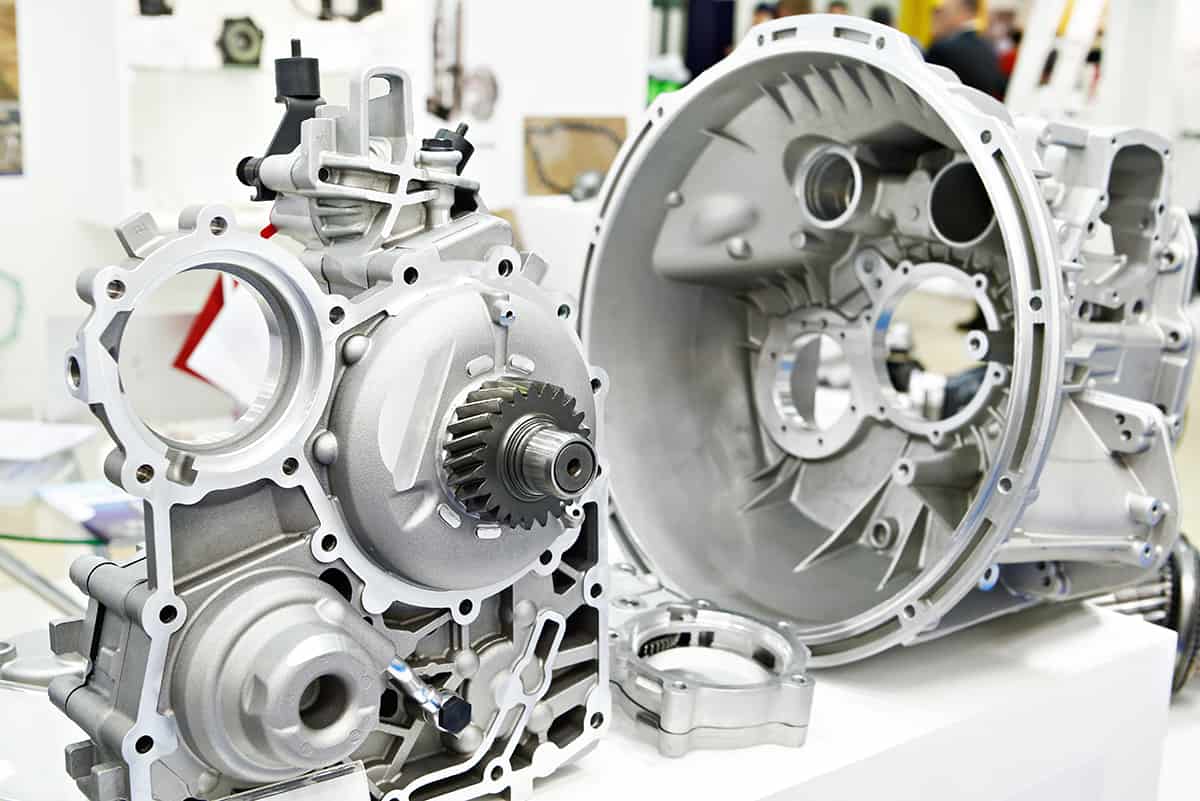
Brake retarders and conventional brakes serve the same fundamental purpose: slowing down or stopping your vehicle. However, the way they achieve this, their construction, and their applications are quite different.
Mechanism of Action
Conventional brakes use friction to slow down a vehicle. When you step on the brake pedal, brake pads or shoes press against a rotating disc or drum. This friction is what slows down the car. Brake retarders, however, use non-friction methods like electromagnetic forces or hydraulic resistance to slow down the vehicle.
Heat Generation
Conventional brakes generate a lot of heat due to the friction between the pads and the rotor or drum. This heat can lead to brake fade, a condition where the brakes become less effective after excessive use. Brake retarders don’t suffer from this issue as they don’t rely on friction. They can slow down your vehicle without generating as much heat, reducing the risk of brake fade.
Energy Efficiency
When it comes to energy efficiency, brake retarders take the cake. Conventional brakes convert kinetic energy into heat, which is then lost to the atmosphere. Some brake retarders, particularly electromagnetic types, can convert the vehicle’s kinetic energy into electrical energy, which can be fed back into the vehicle’s electrical system.
Who Benefits the Most from Brake Retarders?
Brake retarders may not be a standard feature in most vehicles, but certain types of drivers and specific driving conditions can make them a valuable addition.
Truck Drivers
For truck drivers, especially those handling heavy loads, brake retarders are often a must-have. These devices significantly decrease the stress on the primary braking system when going downhill or stopping with a hefty load. By reducing wear and tear on the main brakes, they extend brake life and lower the overall costs of maintenance.
Bus Drivers
Like trucks, buses are large, heavy vehicles that can benefit immensely from brake retarders. They are particularly useful for city buses that make frequent stops. Using a retarder reduces the constant wear on the primary braking system, thereby enhancing the safety and efficiency of public transport.
Drivers in Hilly or Mountainous Regions
If you frequently drive on hilly or mountainous roads, brake retarders offer an additional layer of safety and control. They allow for a smoother, more controlled descent, helping you maintain a steady speed without continually applying the primary brakes. This reduced usage also minimizes the risk of brake fade, which is the loss of braking power due to overheating.
Sports Car Enthusiasts
While not as common, some sports cars also come equipped with brake retarders. High-performance vehicles that are driven at higher speeds can benefit from the more precise control that a retarder provides. It allows for more nuanced deceleration during high-speed maneuvers.
